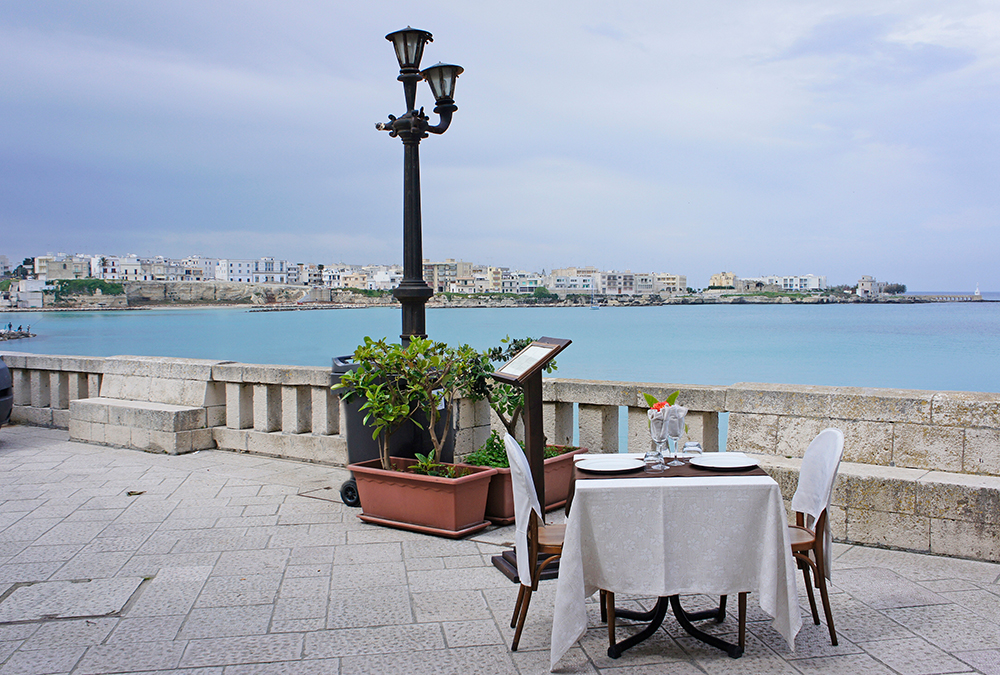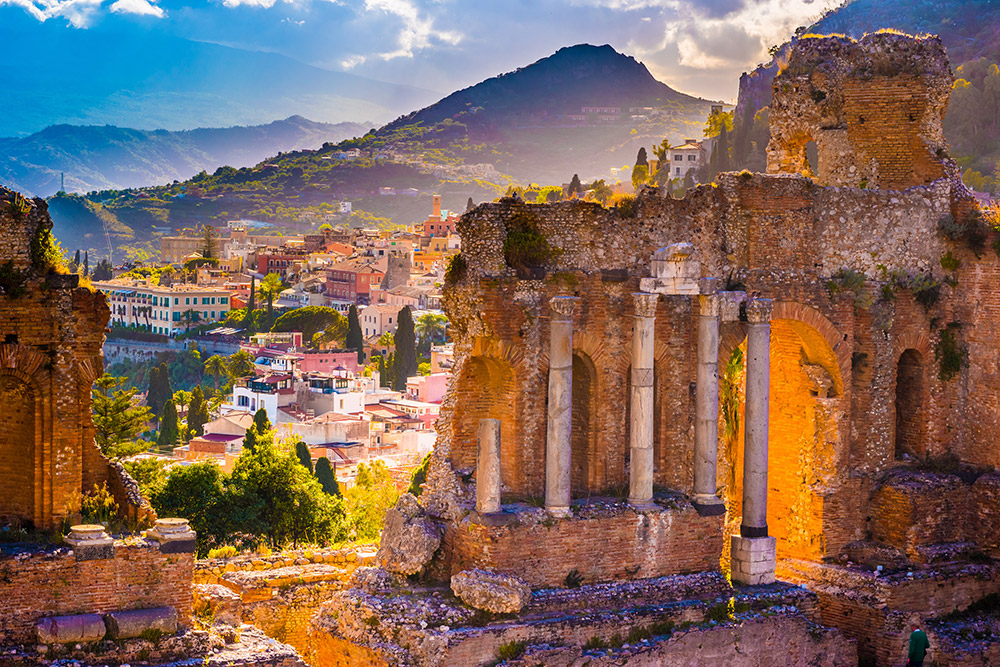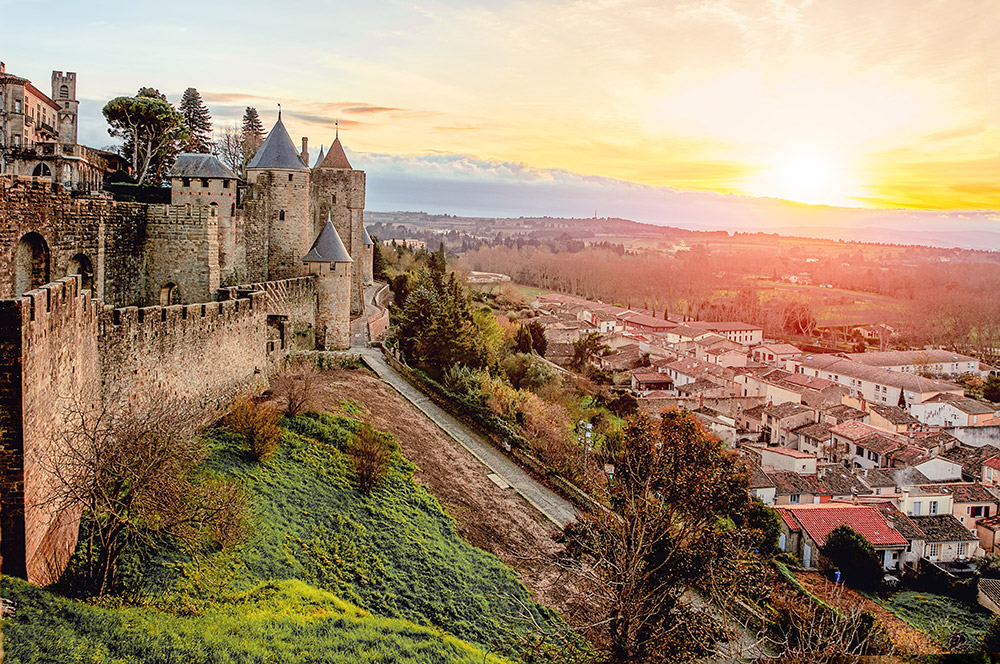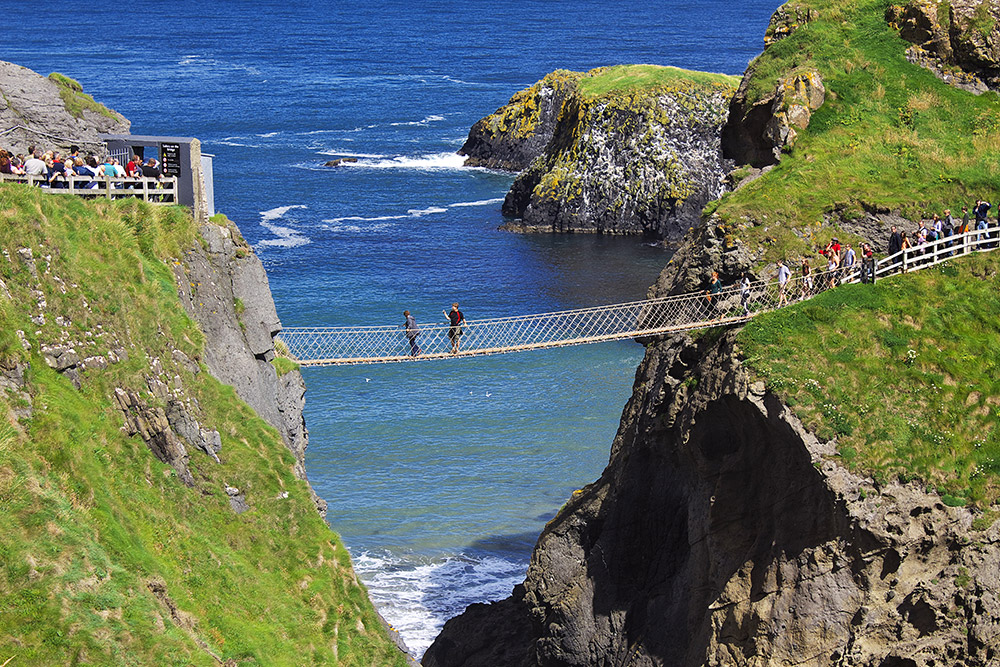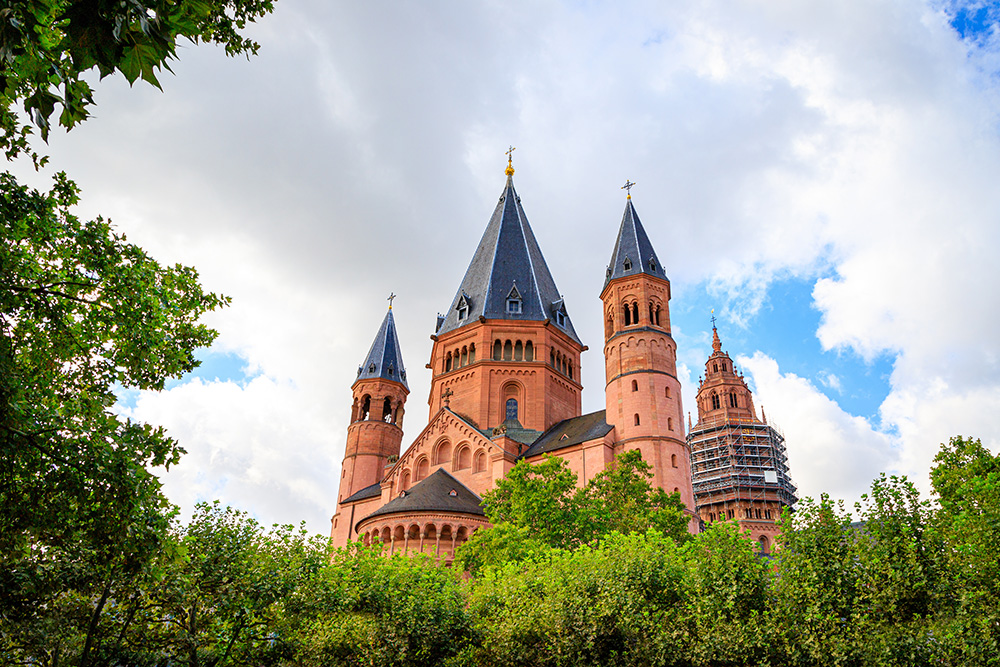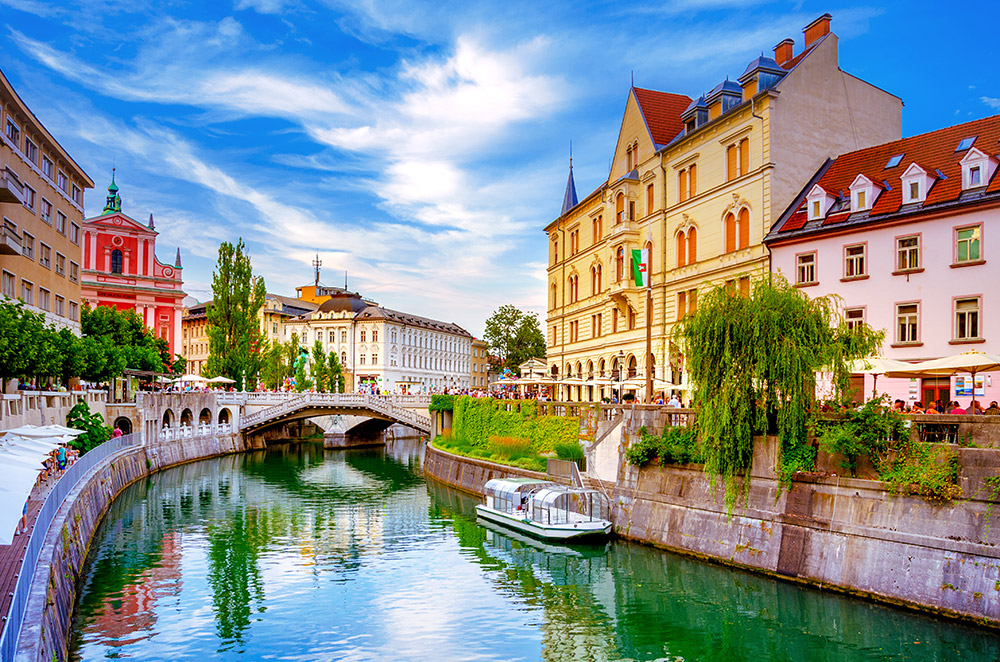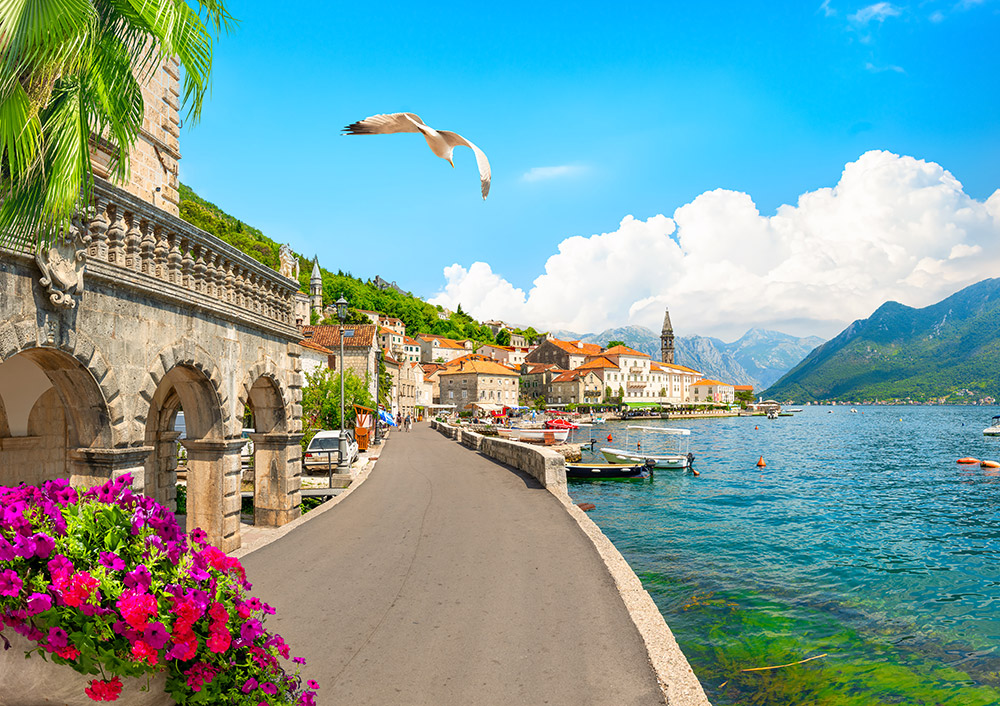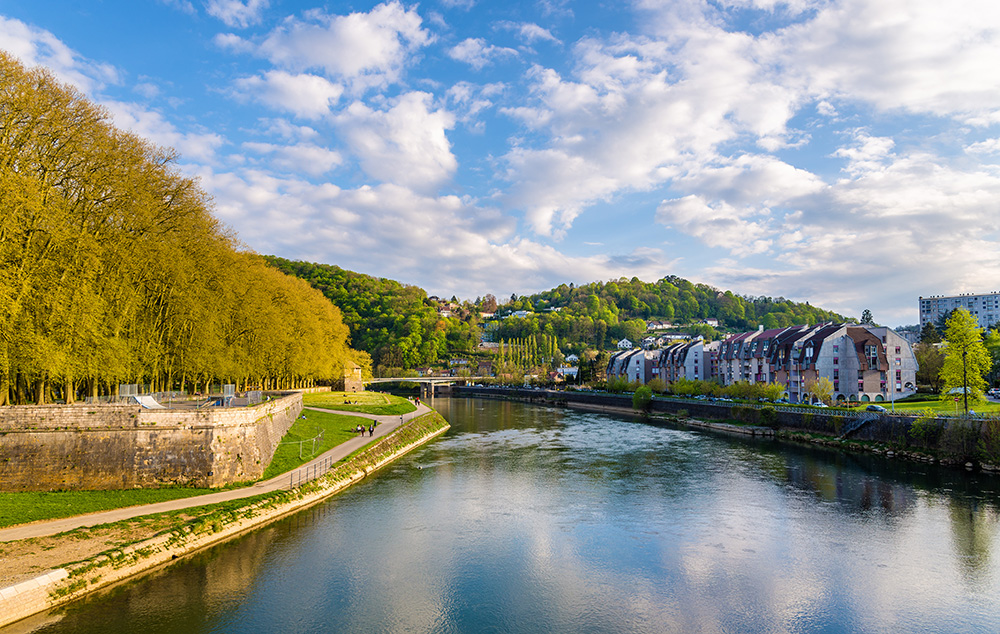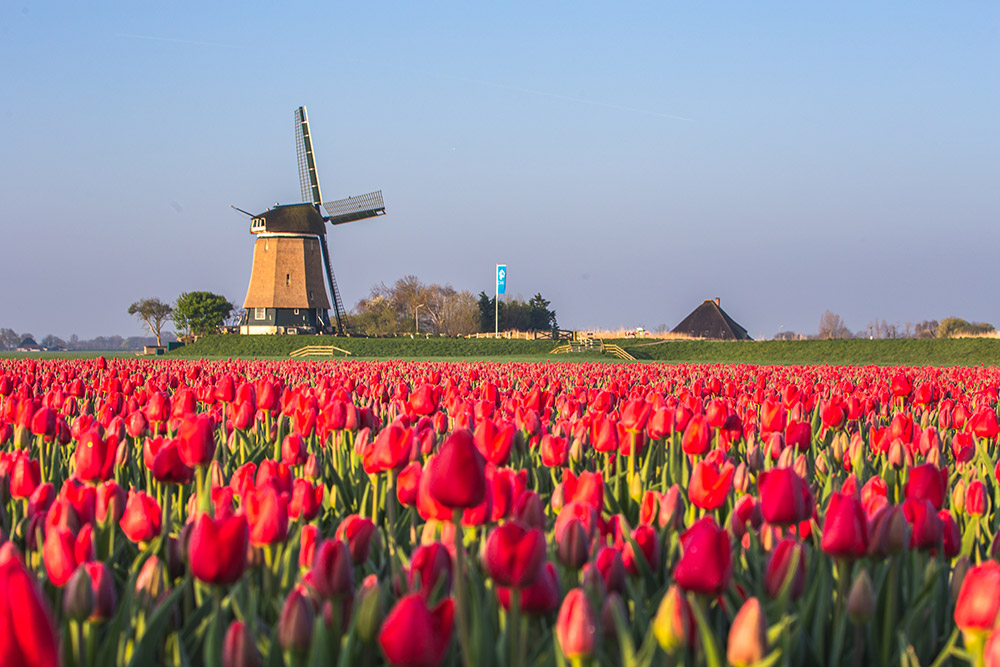A trip to Italy is a feast for the senses, especially for those with a passion for food. The varied regional cuisines, steeped in culinary traditions and a commitment to the highest quality ingredients, create a gastronomic paradise. From south to north, each of Italy’s regions boasts distinctive flavors and specialties. More than just a culinary haven, Italy blends a devotion for cuisine with rich history and diverse urban landscapes—perfect for travelers in search of an unforgettable epicurean adventure.
Popular itinerary for A Culinary Tour of Italy:
Embark on a delectable journey through Italy with this proposed culinary itinerary, beginning in the Puglia region and winding your way from south to north over 16 days, ending in Torino.
Day 1: The Puglia Region
Puglia‘s gastronomic diversity includes rich pasta dishes, fresh seafood, delightful pastries, and local cheeses, all influenced by the region’s coastal bounty and agricultural heritage. Each area within the region contributes its unique flavors.
Starting our journey in Alberobello, famous for its iconic “trulli” stone huts with conical roofs, explore the Rione Monti quarter that is dotted with these traditional dwellings. Local cuisine beckons with delights like Orecchiette pasta paired with broccoli rabe, creamy Burrata cheese, and Taralli biscuits, often seasoned with fennel or pepper.
Our next destination is Lecce, famed for its Baroque architecture, especially the intricately adorned Basilica di Santa Croce and Piazza del Duomo. Indulge in rustic pasta dishes like Ciceri e Tria, enjoy the Pizzicotti (fried dough balls), and savor the celebrated pasticciotto, a pastry filled with luscious custard.
Day 2: Continuing in the Puglia Region
Our journey continues to Ostuni, renowned as the “White City” for its dazzling whitewashed buildings overlooking the Adriatic Sea. Delight in a fusion of seafood delights, including special Gulf fish, Orecchiette pasta with greens (Orecchiette con le cime di Rapa), complemented by the flavors of local olive oil and wines.
Matera, renowned for its ancient cave dwellings, the Sassi, offers a captivating glimpse into history. In Matera, indulge in local specialties like Puccia barese and Cavatelli pasta, and don’t miss the opportunity to savor local olive oil and wines.
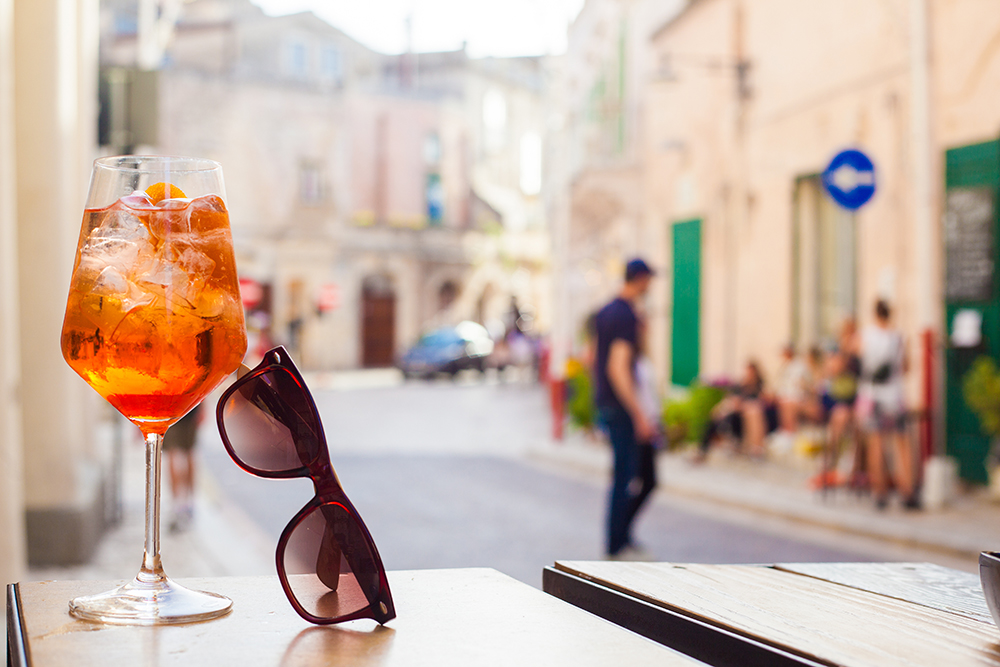
Moving to the Salento Peninsula, with its stunning coastal beauty, explore charming towns like Gallipoli, Otranto, and Santa Maria di Leuca. The gastronomy in this area showcases the sea’s bounty with delicacies such as sea urchins, tomato salad, and Spaghetti ai ricci di mare (spaghetti with sea urchin). Enjoy the renowned local treat, Pasticciotto Leccese.
Day 3: The Campania Region
Campania‘s culinary landscape is shaped by fresh seafood, the iconic Neapolitan pizza, luscious tomato sauces, locally cultivated San Marzano tomatoes, aromatic lemons, and the delightful presence of buffalo mozzarella in various dishes.
Naples, renowned as the birthplace of pizza, is surrounded by historic landmarks like the National Archaeological Museum of Naples and Castel dell’Ovo. Immerse yourself in the essence of Neapolitan cuisine by savoring the authentic Neapolitan pizza—characterized by its thin, airy crust, San Marzano tomatoes, buffalo mozzarella, and fragrant basil. These pizzas are baked exclusively in wood-fired ovens, adhering to stringent standards. Additionally, indulge in Frittura di Paranza, a delightful assortment of fried seafood, and Linguine alle Vongole, pasta with clams.
Day 4: Continuing in the Campania Region
Our journey takes us along the enchanting Amalfi Coast, adorned with picturesque towns like Amalfi and Positano, renowned for their dramatic cliffs and breathtaking vistas. The culinary experience here features sumptuous seafood dishes like Scialatielli ai Frutti di Mare (seafood pasta) and delightful treats such as Delizie al Limone – pastries infused with lemon zest, creating a true culinary delight.
As evening falls, a visit to Sorrento is highly recommended. Famous for its stunning cliffs overlooking the Gulf of Naples, Sorrento is also the mythical birthplace of mermaids in Greek mythology. Gastronomically, savor the delights of Gnocchi alla Sorrentina – potato dumplings with tomatoes and mozzarella, paired with Limoncello, the region’s must-try famed lemon liqueur.
Day 5: The Umbria Region
En route from Campania to Umbria, take a two-hour break at Villa d’Este, situated east of Rome and recognized as a UNESCO World Heritage site. Constructed in the 16th century, the villa showcases Renaissance architecture, art, and engineering. Its renowned gardens are adorned with fountains, sculptures, terraces, and intricate water features. The garden’s fountains vary in size and design, with some featuring picturesque waterfalls. One standout is the Fountain of Neptune, surrounded by mythological creatures submerged in flowing water. Another highlight is the “Hundred Fountains,” a lengthy pathway with a symmetrical arrangement of small fountains, offering a mesmerizing visual and auditory experience as water gracefully dances along the walkway.
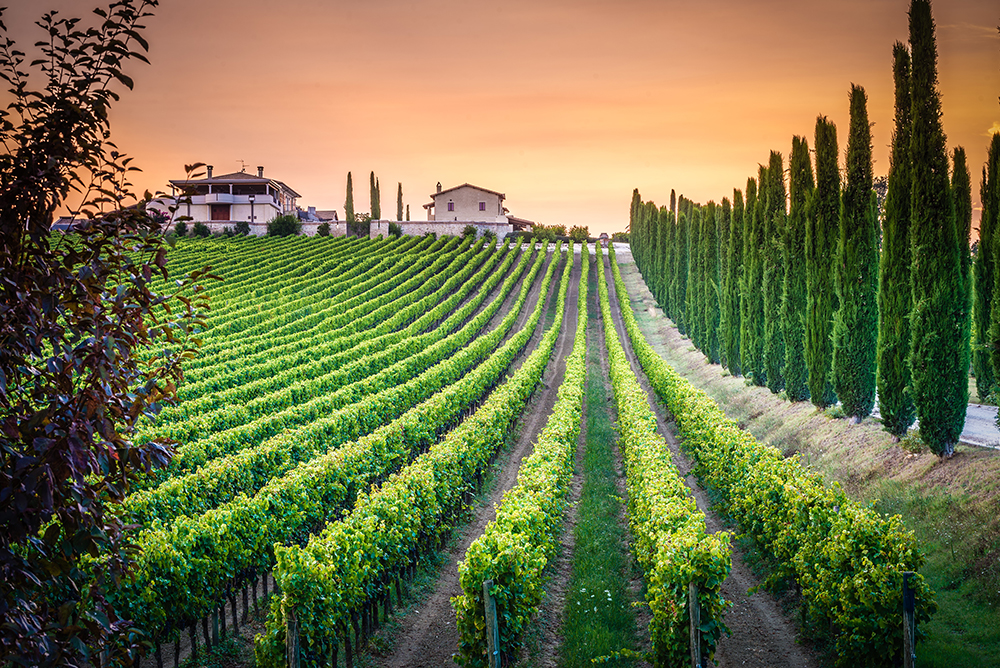
Umbrian cuisine is characterized by its simplicity. It uses local produce and is closely associated with the region’s rural traditions. Staples include lentils, chickpeas, farro, mushrooms, and outstanding extra virgin olive oil.
In the afternoon, travel to Orvieto, a hilltop town with an iconic cathedral and ancient Etruscan roots. Indulge in local wines, especially the renowned Orvieto Classico, and savor typical dishes like Lumachelle – small pasta rings with beans and bacon.
Day 6: Continuing in the Umbria Region
Explore the city of Perugia, celebrated for its medieval architecture, historical landmarks, and the renowned University of Perugia. Savor local delights like Torta al Testo – flatbread cooked on a terracotta surface, and Strangozzi al Tartufo, pasta adorned with black truffle mushrooms.
Venture to the nearby town of Assisi, renowned for the Basilica of St. Francis and its historical significance as a pilgrimage destination. Enjoy the flavors of Pasta alla Norcina – pasta featuring sausage and black truffle, and the delightful Torta di Pasqua – Easter bread.
Day 7: The Tuscany Region
Tuscany‘s cuisine is a harmonious fusion of rustic flavors, time-honored culinary traditions handed down through generations, and a commitment to using fresh, locally sourced ingredients—all set against the region’s breathtaking landscapes. One particularly outstanding Tuscan delicacy is the Cinta Senese pork, renowned for its unique flavor, often featured in classic Tuscan dishes like Pappardelle al Sugo di Cinta Senese.
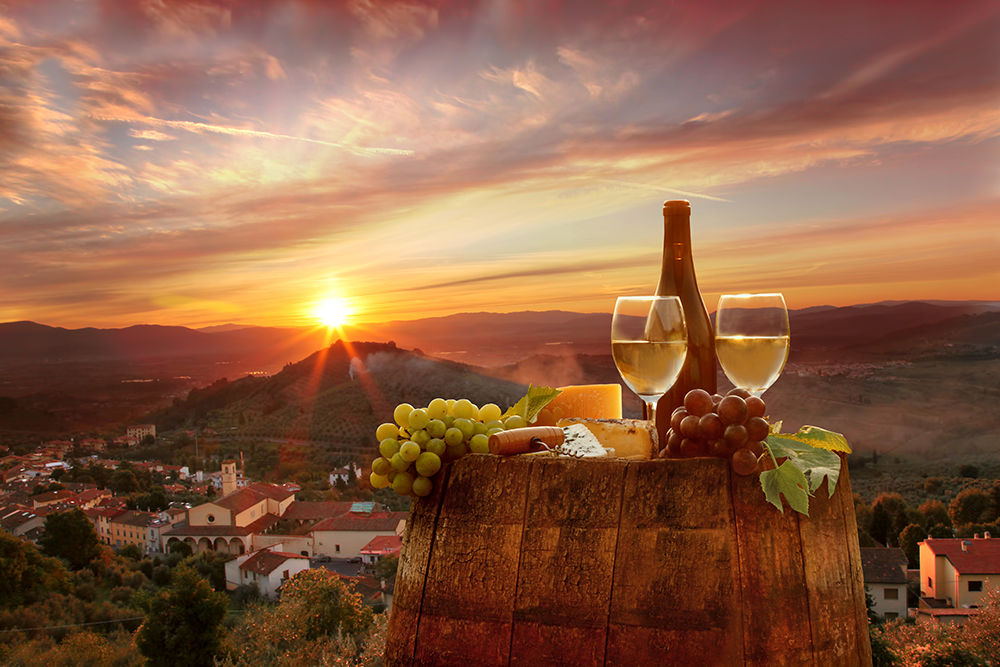
In the Chianti region, famed for its scenic vineyards and the production of Chianti Classico wine, you’ll embark on an exclusive wine experience. Explore local wineries, immerse yourself in Tuscan wine culture, and enrich your wine journey with Tuscan specialties like Pappardelle al Cinghiale – pasta with wild boar sauce.
Day 8: Continuing in the Tuscany Region
Today is devoted to Florence, the enchanting city celebrated for its Renaissance art, iconic landmarks such as the Duomo and Ponte Vecchio, and globally renowned museums. Local gastronomy highlights the iconic Bistecca alla Fiorentina – a colossal T-bone steak expertly grilled, and Ribollita, a hearty soup crafted with bread, vegetables, and beans.
Day 9: Continuing in the Tuscany Region
Siena, renowned for the Palio horse race and its meticulously preserved medieval cityscape, invites you to relish Pici all’Aglione – a robust pasta resembling thick spaghetti with a flavorful garlic and tomato sauce. Make sure to try the local sweet delicacy, Panforte, a rich cake laden with fruits and nuts.
In Pisa, famous for its leaning tower and the UNESCO World Heritage Piazza dei Miracoli, delight in Cacciucco – a quintessential Tuscan fish stew, and Panzanella – a revitalizing bread salad featuring tomatoes and onions.
Day 10: The Emilia-Romagna Region
The Emilia-Romagna region is famed for its authentic balsamic vinegar, particularly the traditional varieties known as Aceto Balsamico Tradizionale di Modena and Aceto Balsamico Tradizionale di Reggio Emilia.
In Bologna, known for its historical architecture, iconic towers, and the world’s oldest university, explore the local cuisine that features delightful dishes such as Ragù alla Bolognese – a rich meat sauce served with Tagliatelle, and Tortellini in Brodo – small pasta dumplings in a hearty broth.
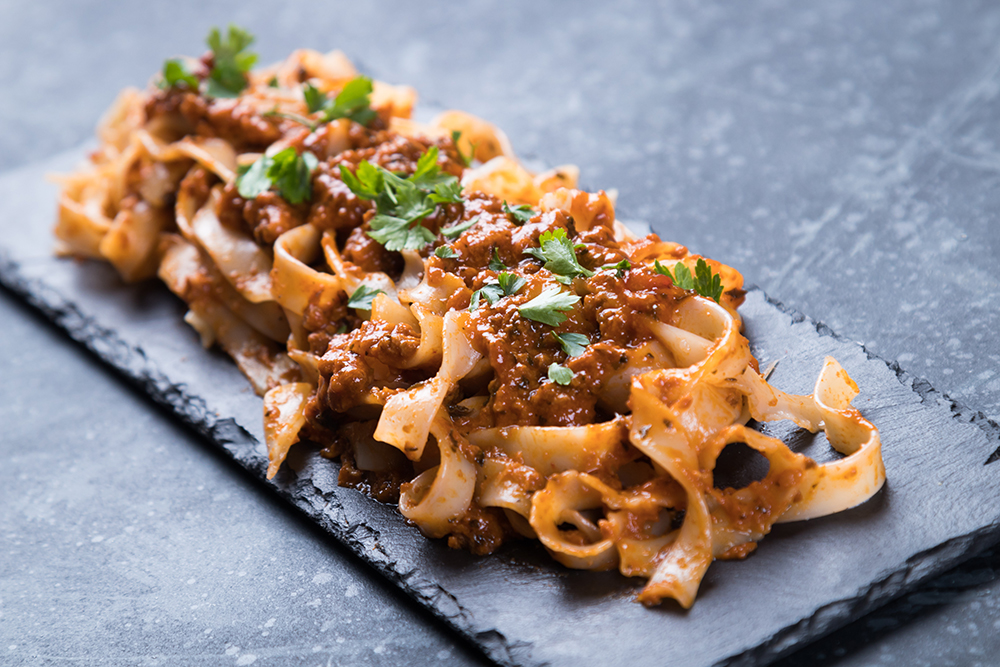
Modena, renowned for its well-preserved medieval center and as the birthplace of balsamic vinegar, invites you to indulge in the exquisite taste of aged balsamic vinegar and savor Gnocco Fritto – fried dough typically served with cooked meats like Prosciutto and Mortadella.
Parma, celebrated for its artistic heritage, including the Romanesque Parma Cathedral and the splendid Teatro Regio, offers culinary delights like Prosciutto di Parma and Parmigiano Reggiano, the “king of cheeses.”
Day 11: The Veneto Region
Veneto is renowned for its wine production, including Amarone della Valpolicella, Prosecco, and Soave, known for their light and refreshing qualities. These wines are often enjoyed as aperitifs or in lively cocktails.
Experience the unique charm of Venice, celebrated for its romantic allure and iconic landmarks like St. Mark’s Basilica and the Grand Canal. Delight in local delicacies such as Risotto al Nero di Seppia – risotto with cuttlefish ink, Sarde in Saor – sweet and sour sardines, and Cicchetti – small tapas-style dishes usually served alongside wine.
Day 12: Continuing in the Veneto Region
Verona is known as the setting of Romeo and Juliet’s iconic house and the well-preserved ancient amphitheater. Treat yourself to a traditional local dish – Pastissada de Cava, an aged meat stew, and Tortellini di Valeggio – small pasta served in broth.
Padova (Padua) is home to one of Italy’s oldest universities and the stunning Scrovegni Chapel. Padova’s cuisine features Bigoli all’Anatra – thick spaghetti-like pasta with duck ragu, and Baccalà alla Vicentina – a light and savory salted cod dish.
Day 13: The Lombardy Region
Lombardy‘s culinary scene is a tapestry of diverse flavors, from the refined tastes of Milan to the unique wines of Valtellina, notably the Valtellina Superiore made from Nebbiolo grapes.
Lake Como (Lago di Como) is a picturesque lake renowned for its luxurious villas, enchanting towns like Bellagio, and the Alpine vistas to the north. Savor its specialties, such as Missoltini – dried and salted lake fish, and Pizzoccheri della Valtellina, a buckwheat pasta topped with potatoes and cheese.
In Bergamo, a city divided into Città Alta (Upper City), renowned for its historical charm, and Città Bassa (Lower City), explore Polenta e Osei – a traditional dessert featuring marzipan on a bed of polenta, and relish Casoncelli alla Bergamasca – delectable stuffed pasta.
Day 14: The Lombardy Region Continued
Milan (Milano), the fashion capital, is renowned for its splendid landmarks such as the Duomo and Leonardo da Vinci’s “The Last Supper.” In Milan, indulge in Risotto alla Milanese – a saffron-infused risotto, and savor Cotoletta alla Milanese – a breaded veal cutlet.
Day 15: The Piedmont Region
Known for its picturesque landscapes, historic cities, and rich culinary heritage, Piedmont boasts a harmonious blend of sophisticated flavors, from truffles to exquisite wines. It reflects the region’s commitment to preserving traditional cuisine and using high-quality ingredients. The area is renowned for its hazelnuts, featured in delightful treats such as gianduja chocolate and hazelnut cakes.
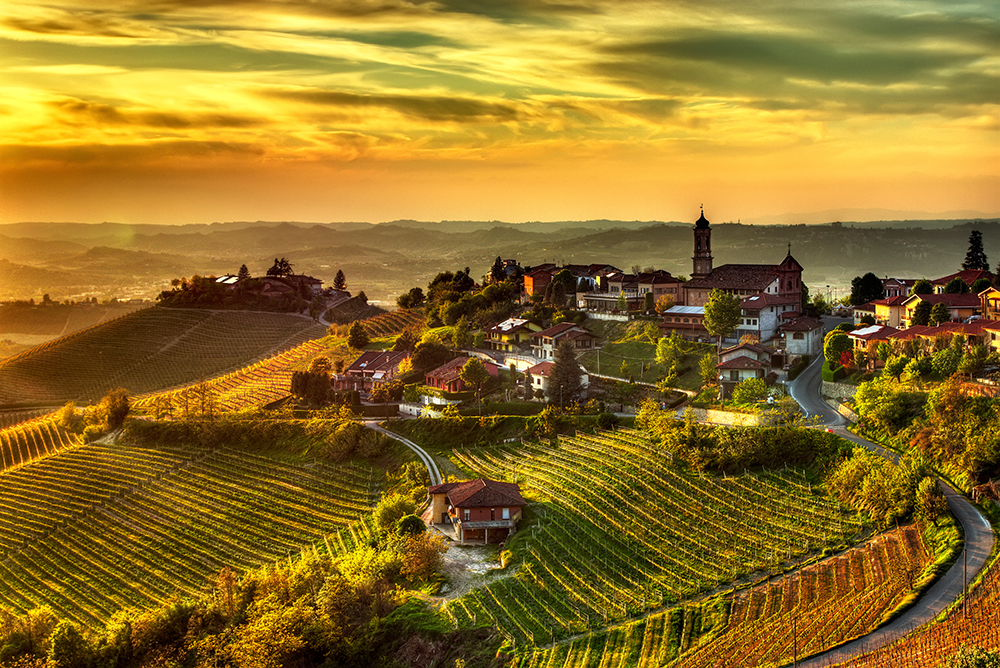
Turin (Torino), is celebrated for its magnificent architecture, storied history, and status as the birthplace of Italian cinema. Local specialties include Agnolotti del Plin, small stuffed pasta, and Bagna Cauda, a warm dip made with anchovies and garlic.
Day 16: Continuing in the Piedmont Region
The picturesque towns of Alba and Langhe are characterized by their rolling hills, sprawling vineyards, and UNESCO-protected landscapes. Alba is famously recognized as the “White Truffle Capital.” The town hosts the International White Truffle Fair, drawing enthusiasts from around the globe. While the coveted white truffle comes at a premium, its unique aromatic experience is truly worthwhile. In the Langhe district, savor truffle-infused dishes, particularly pasta with truffle sauce, perfectly complemented by Barolo and Barbaresco wines.
Asti is known for its medieval towers, historical palaces, and sparkling wine production. Along with the wine, delight in Bagna Cauda, a traditional garlic-anchovy dip served with fresh vegetables, and Fritto Misto alla Piemontese, a delectable assortment of fried meats and vegetables.
